The Worst Shoes for Your Feet

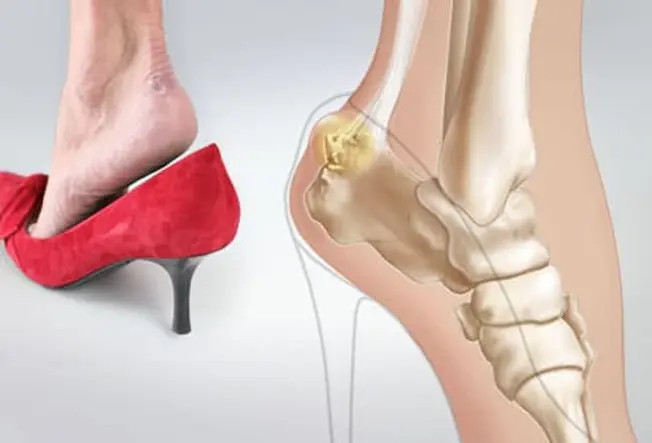
High Heels
Whether they're sky-high or not, this style can give you a painful knot on the back of the heel. The rigid material presses on a bony area some women have called a "pump bump,” which is permanent. The pressure leads to blisters, swelling, bursitis, and pain in the Achilles tendon. Ice, orthotics, and heel pads may provide pain relief -- along with better shoes.
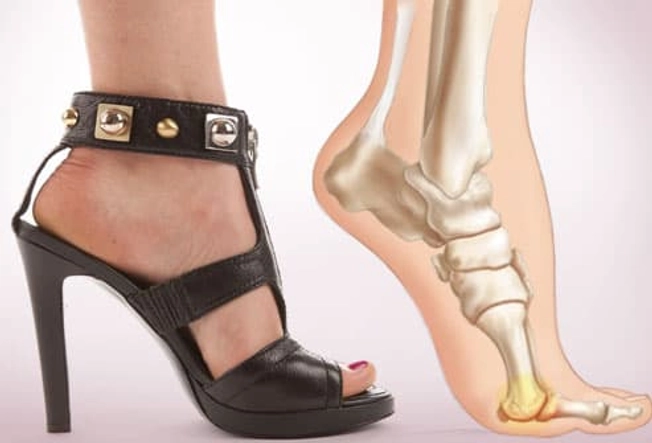
Problem: Unnatural Foot Position
Ultra-high heels force the feet into a position that puts stress on the ball of the foot. At this joint, the long metatarsal bones meet the pea-shaped sesamoid bones and the toe bones (phalanges). Too much pressure can inflame these bones or the nerves that surround them. Chronic stress to the foot bones can even lead to hairline fractures.
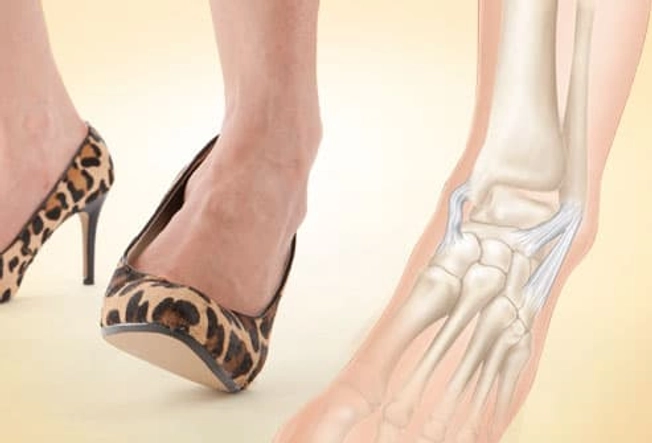
Problem: Ankle Sprains
All high heels boost the risk of an ankle sprain. The most common, a lateral sprain, happens when you roll onto the outside of the foot. This stretches the ankle ligaments beyond their normal length. A severe sprain may tear those ligaments.
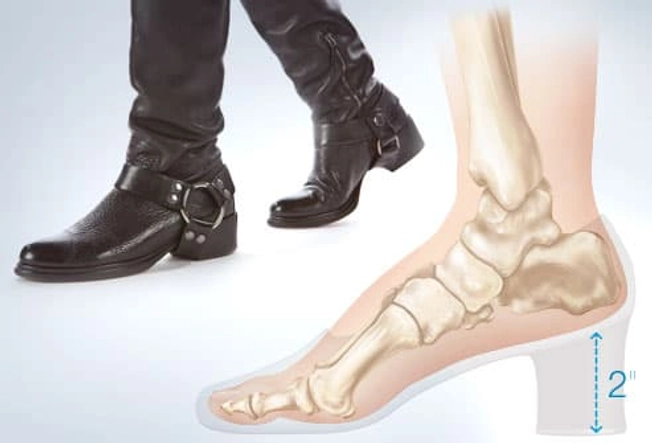
Solution: Go Shorter
Switching to lower heels will help you avoid problems with the metatarsal bones. The lower you go, the more natural your foot position will be. Choose heels that are no more than 2 inches high.
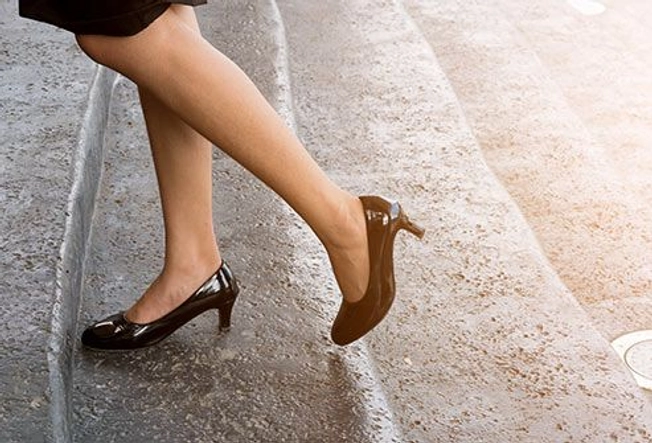
Heels That Work Better
Many women are unwilling to trade style for comfort, but you may not have to choose between the two. Performance pumps are a compromise, balancing fashion and foot health. Most have reinforced heels, athletic shoe construction, and more wiggle room for your toes.
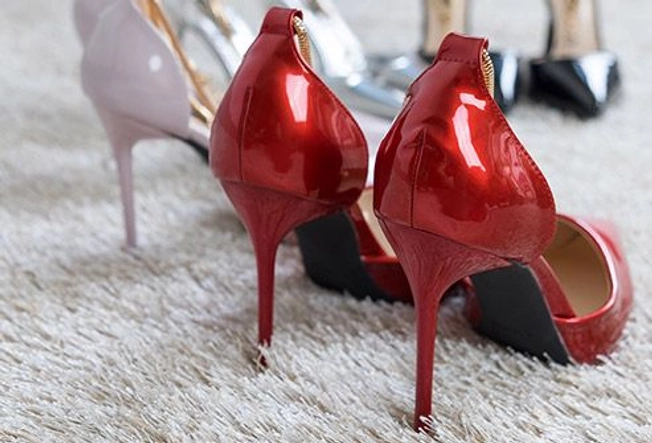
Stilettos
Although all high heels can cause problems, the ultra-narrow heels of stilettos are particularly risky because the weight is pinpointed on one small area. That can make you wobble like you're walking on stilts. You’ll be more likely to trip and sprain your ankle.
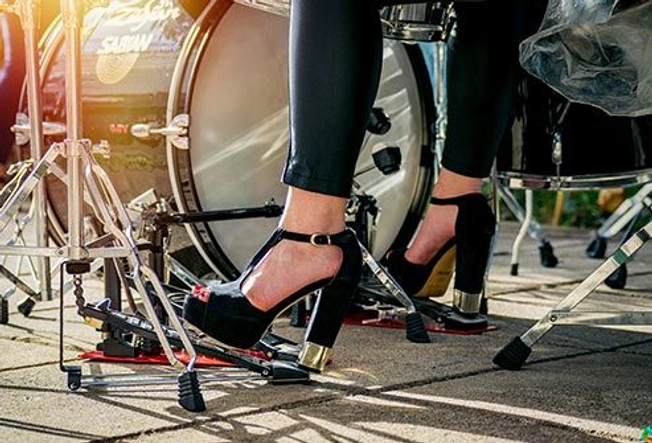
Solution: Chunkier Heels
These shoes handle your weight more evenly. This makes the feet much more stable when compared to stilettos or spindle heels. Although thick high heels can still put stress on the ball of the foot, you’ll probably be steadier in them and less likely to fall.
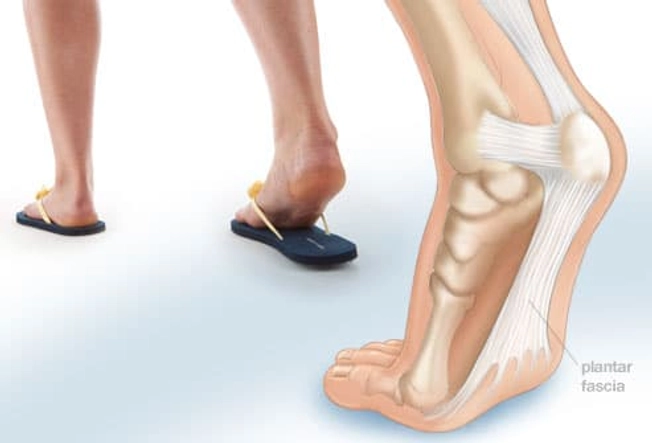
Problem: Plantar Fasciitis
A band of tissue called the plantar fascia runs along the bottom of the foot. It pulls on the heel when you walk -- and it works best with the proper arch in your foot. Walking in flimsy shoes without good arch support can overstretch, tear, or inflame the plantar fascia. This common condition can cause intense heel pain, and resting the feet only provides temporary relief.
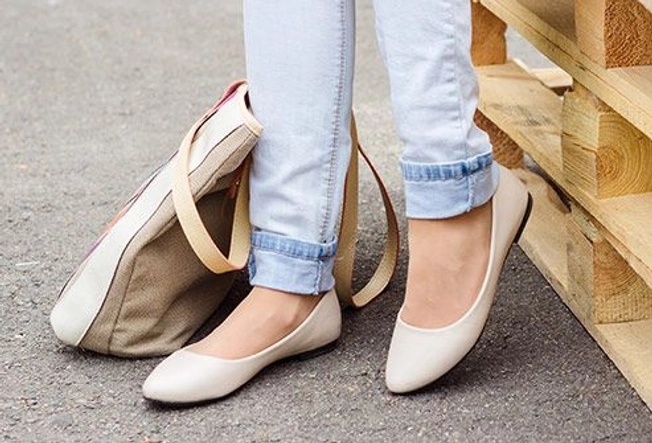
Ballet Flats
You won’t get any arch support from these shoes. That can lead to knee, hip, and back problems. Poor arch support can also cause a painful foot condition called plantar fasciitis.
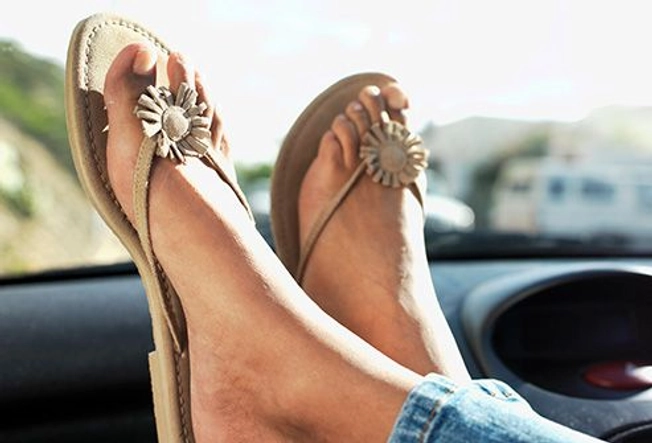
Flip-Flops
Your feet will get very little protection, so cuts, splinters, and other foot injuries are a risk. Plus, many flip-flops provide no arch support. Like ballet flats, they can worsen plantar fasciitis and cause problems with the knees, hips, or back.
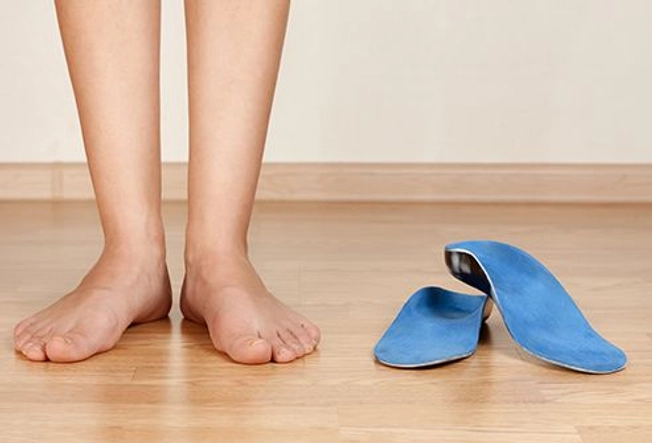
Solution: Orthotic Inserts
If you love the look of ballet flats, over-the-counter inserts may help prevent mild foot pain. Heel pads can provide extra cushioning for achy heels. And custom orthotics can ease a whole range of foot pains and problems. Podiatrists prescribe these inserts to provide arch support and reduce pressure on sensitive areas. Prescription orthotics can be pricey, but insurance sometimes covers them.
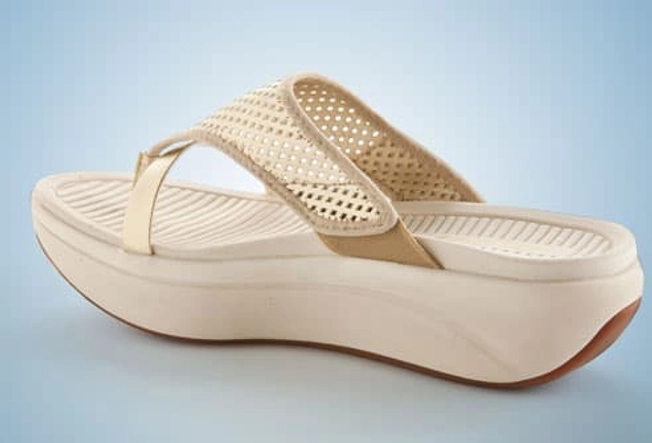
Better: 'Fitted' Flops
The thick sole keeps your foot off the ground and away from things that could cause cuts. And this type of shoe can have really good arch support. Some have a seal of approval from the American Podiatric Medical Association.
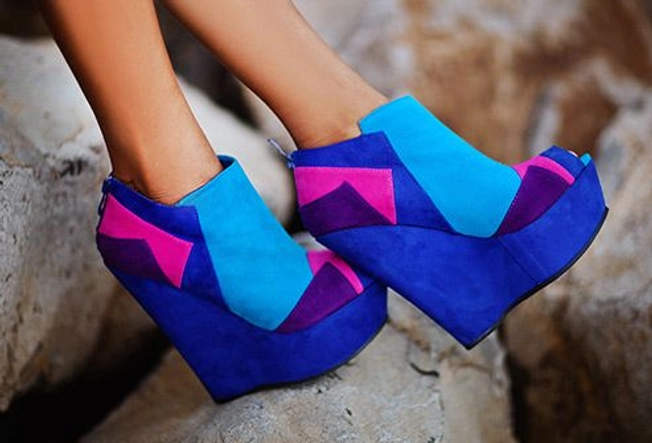
Platform Shoes and Wedges
This style tends to have rigid foot beds, which can hamper how your foot naturally moves when you walk. If the heel of the platform is much higher than the toe area, the shoe also puts pressure on the metatarsal bones.
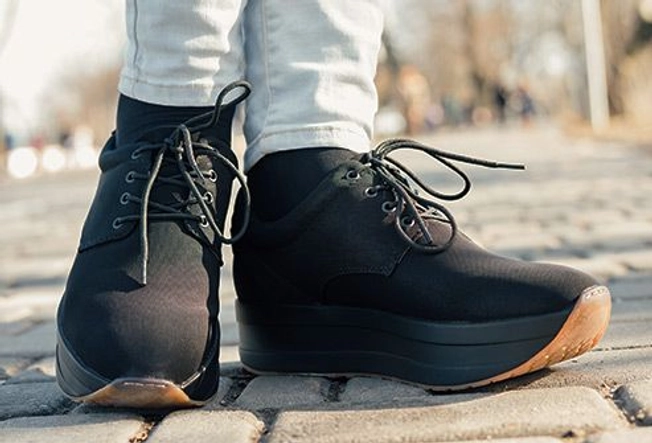
Better: Flatter Platforms
Although still not recommended, a flatter platform shoe may put less strain on your feet. Look for a wide wedge or platform that is nearly parallel with the ground. This will ease some of the pressure on the ball of your foot. But the rigid sole can still hamper your natural walking motion.
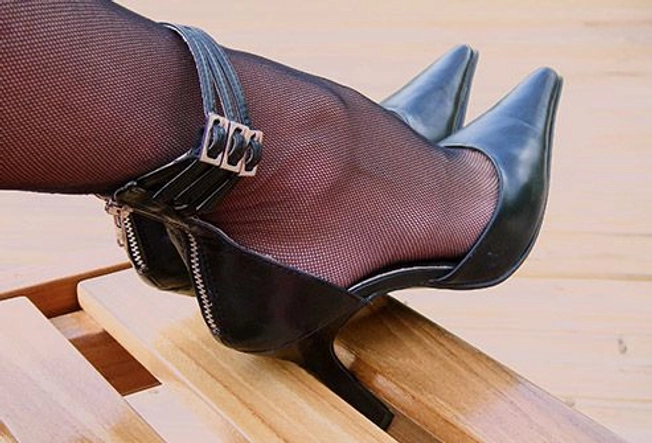
Pointy Toes
Talk about uncomfortable! They squeeze the entire front of your foot together. Over time, this can cause nerve pain, bunions, blisters, and hammertoes. Some women even get bruises under their toenails from the constant pressure. Your foot just isn’t shaped this way.
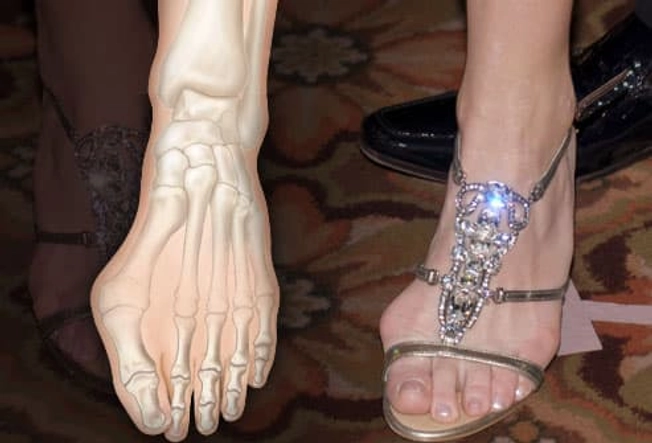
Problem: Bunions
A bunion is a painful lump at the base of the big toe, which may cause the toe to bend unnaturally. It forms when the tissue or bone at the base joint gets displaced. This may happen after years of pressure and movement. Pointy-toed shoes are one reason why bunions can happen.
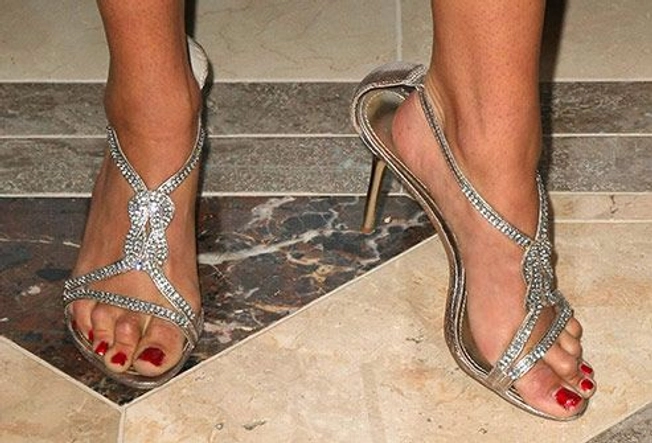
Problem: Hammertoe
High-heeled shoes push too much body weight toward the toes and then squeeze them together. Over time, the result can be hammertoe (early stage, lower right), abnormal bends in the toe joints that can gradually become rigid. You might need surgery to fix severe hammertoe. Crowding can cause other toe problems and lead to painful corns and calluses.
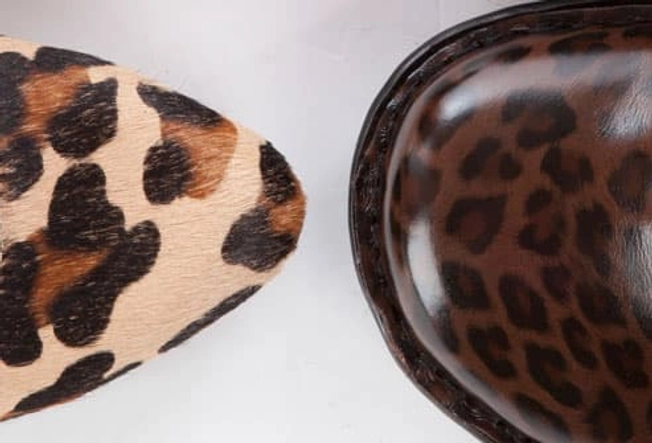
Solution: Wider Toe Box
Skip the pointy-toed shoes and opt for something more forgiving for your feet. If that style doesn't appeal to you, look for shoes that slope to a point beyond the edge of your toes. A healthy style won't pinch the tips or sides of the toes. You can also choose a softer material, rather than stiff leather.
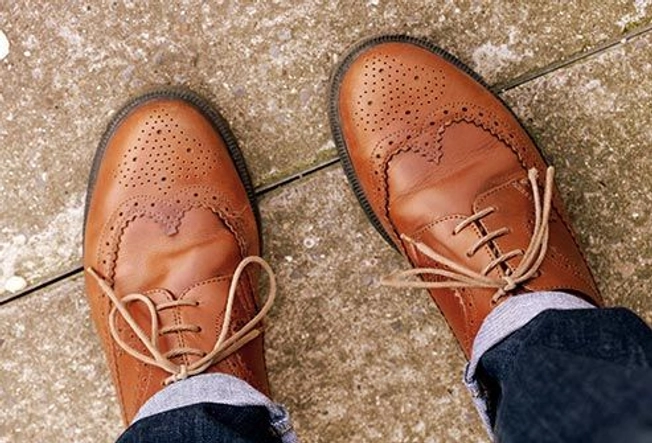
The Same Goes for Men
Just like women, you’ll want to avoid shoes that are uncomfortably pointy. That will help prevent hammertoes, bunions, and pain. To avoid these problems, stick with a boxier toe.
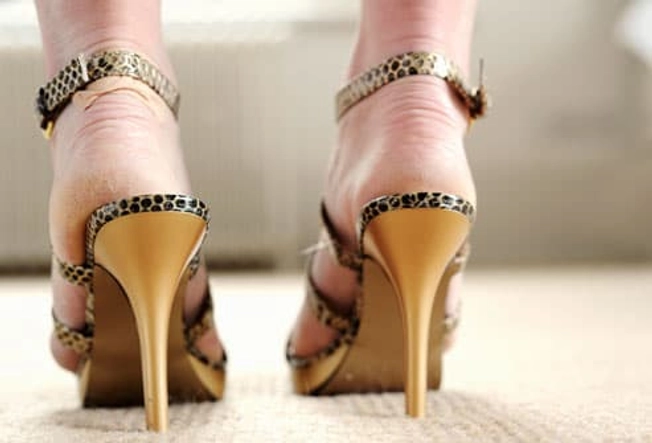
Wrong Size
Nine out of 10 women are wearing shoes that are too small. The consequences aren't pretty -- calluses, blisters, bunions, corns, and other problems. The constant rubbing can irritate the joints in the foot and lead to arthritis.
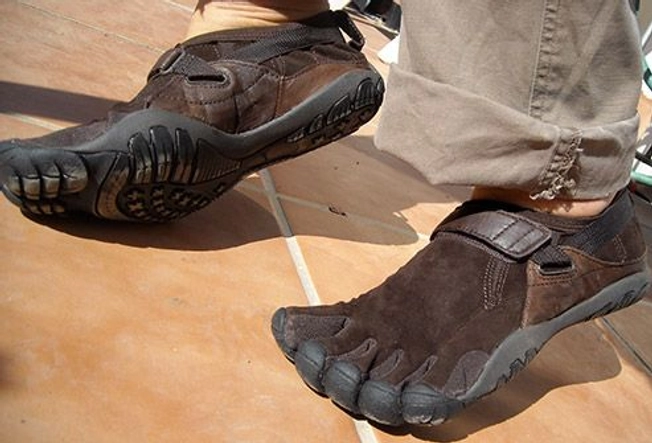
Minimalist Shoes
These aim to mimic the natural feel and mechanics of walking barefoot. There’s no support or shock absorption built in. And in some brands, the shoes separate the toes, hampering your feet’s natural walking position.
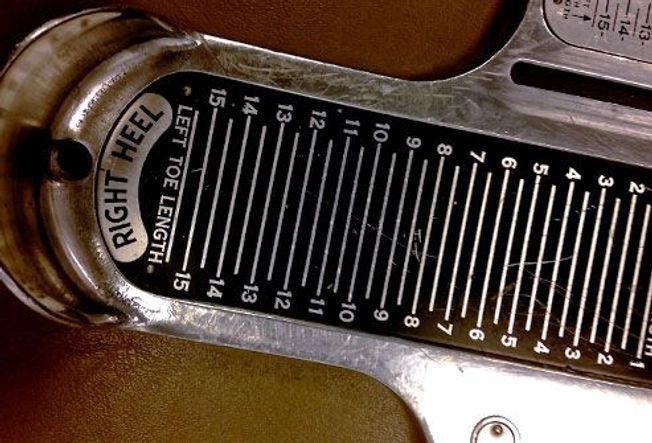
Get Measured
Before buying new shoes, have a professional measure the length and width of your feet at the end of the day, while you're standing. For unusually flat feet or high arches, you may want to see a podiatrist. These conditions can make you more likely to get osteoarthritis or plantar fasciitis. Early treatment and wearing the right kinds of shoes will go a long way to help your feet stay well.
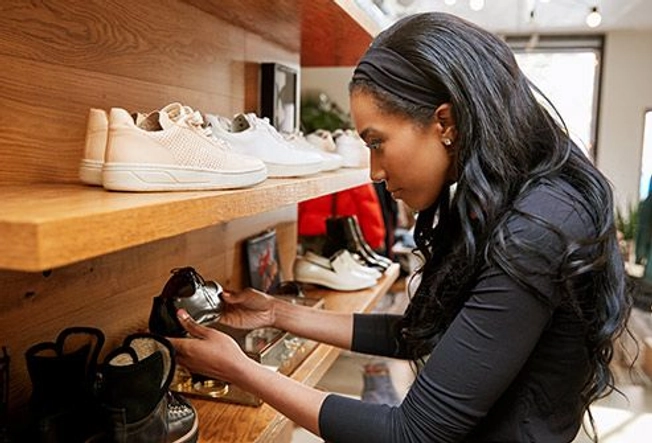
Tips for Better Shoes
For foot health:
- Make sure the shoe bends at the toe box but is not too flexible.
- Make sure there is enough arch support.
- When choosing heels, look for chunky ones that are less than 2 inches high.
IMAGES PROVIDED BY:
- Steve Pomberg/WebMD, Peggy Firth and Susan Gilbert for WebMD
- Steve Pomberg/WebMD, Peggy Firth and Susan Gilbert for WebMD
- Steve Pomberg/WebMD, Peggy Firth and Susan Gilbert for WebMD
- Steve Pomberg/WebMD, Peggy Firth and Susan Gilbert for WebMD
- Getty
- Getty
- Unsplash
- Getty
- Getty
- Getty
- Steve Pomberg/WebMD, Peggy Firth and Susan Gilbert for WebMD
- Steve Pomberg/WebMD
- Getty
- Getty
- Getty
- Peggy Firth and Susan Gilbert for WebMD, Frazer Harrison/Getty
- Getty
- Steve Pomberg/WebMD
- Getty
- Paul Viant/Photographer’s Choice
- Wikimedia
- Getty
- Getty
SOURCES:
Hillary Brenner, DPM, spokeswoman, American Podiatric Medical Association.
American Podiatric Medical Association: "Heel Pain," "General Foot Health," "Foot and Ankle Injuries," "Orthotics," "Important Do's and Don'ts to Avoid a Summer 'Flip-Flop Fiasco,'" "Secrets to Avoiding a Sandal Scandal," "Bunions," "Hammertoes," "Footwear," "Boot Buying 101 - APMA Offers Winter Shoe Buying Tips."
American Academy of Orthopaedic Surgeons: "Sprained Ankle," "Tight Shoes and Foot Problems," "Don't Rely on Stated Shoe Size."
Johns Hopkins Medicine: "Arthritis Special Report: Easing Foot, Ankle, and Knee Pain with Orthotics."
Washington State Podiatric Medical Association: "Podiatrists Keep America Walking."
Arthritis.org: "Flat Feet and Knee Pain."
St. John Providence Health System: "Are Fee at Fault for Back, Hip, and Knee Woes?"
American Council on Exercise: "Will Toning Shoes Really Give You a Better Body?"
American College of Foot and Ankle Surgeons: "In Women's Shoes, Pain Does Not Equal Gain," "Osteoarthritis of the Foot and Ankle."